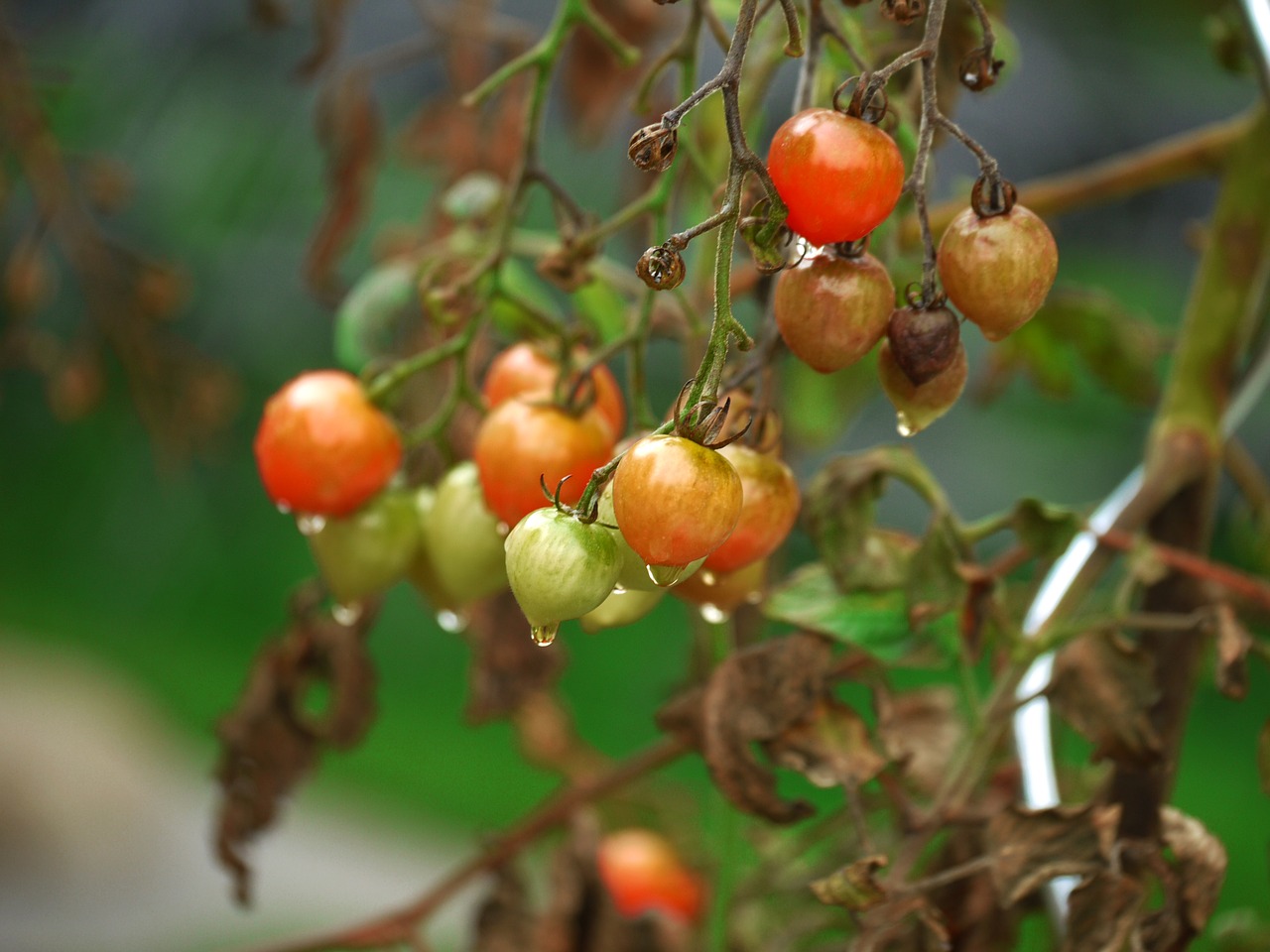If you noticed some abnormal changes to your plants, then there is something wrong. How will you determine what is wrong with your plants just by looking only at their leaves? When you noticed that the lower leaves turn yellow from outside going in and the veins remain green, then turn to red or purple which means your plant has a magnesium deficiency. If the deficiency is serious, the leaves will become brown and brittle and they will fall on the ground. To fix this, spray the foliage with an Epsom salt solution. You must repeat this every week but remember, this is just a quick solution because the real problem of your plant’s magnesium deficiency is your soil. You need to feed your soil with magnesium.
Leaves with yellow spots and or elongated holes between veins are a sign that your plants need manganese. Manganese deficiencies occur most often on soil with a high pH. To fix this problem, a foliar feed fertilizer with manganese will help alleviate the issue. You may also lower the soil pH.
When the upper leaves of your plant are light green where lower leaves are yellow and the bottom or older leaves are yellow and shriveled, your plant needs Nitrogen. To fix the deficiency, organic mulches of various materials including foliage from leguminous trees and animal manure may be used to provide nitrogen to the plant.
If the tips and edges of your plant are yellowing, especially the younger leaves, and the dead or yellow patches develop on leaves, then your plant needs Potassium. To fix this deficiency, you may add wood ash to your soil but make sure you apply it lightly, as too much can burn your plants. If you have no wood ash, banana peel can be used to improve your soil’s potassium content.
When leaves are darkened than normal and the plants began losing their leaves, your plant needs Phosphorus. To fix the phosphorus problem in your plant, add plenty of organic matter to the soil before, during, and after the season. Garden humus includes phosphorus. You may also add rock phosphate to your compost pile to ensure the nutrients’ availability for next season.
When you see the leaves curling, you must understand your plants are asking for more calcium. You need to use calcium bicarbonate in the soil. Calcium deficiency affects new growth. Solving calcium deficiency is one of the easiest problems to fix. You can use lime, gypsum, bone meal, eggshells, and even just watering your plants can fix calcium deficiency in your plants. Using bone meal can be used if you have a very serious calcium deficiency problem. It has one of the highest calcium contents and is suited to all types of soils.
10 Common Plant Diseases
1. Bacterial Spot
Cause: Warm, wet environments
Symptoms: Small, dark, raised spots
What you can do: Destroy infected plants and apply a fungicide
2. Bacterial Blight
Cause: cool, wet weather
Symptoms: Large, yellow spots on leaves that eventually turn brown.
What you can do: Remove infected plants and ensure proper spacing between new plants.
3. Bacterial Wilt
Cause: Contaminated soil or weeds
Symptoms: Wilted leaves on plants during the daytime, eventually turning yellow and remaining wilted
What you can do: Discard infected plants and replant new plants in pathogen-free potting soil
4. Black Root Rot
Cause: Damp soil temperature between 55-65F
Symptoms: Stunted foliage and root systems with blackened areas
What you can do: Use a fungicide for preventive treatment
5. Aphids
What attracts them: Warm environments and high nitrogen in early growth stages
What to look for: Small green or yellow bugs on leaves and stems
What you can do: Wipe plants with soapy water or rubbing alcohol
6. Cucumber Mosaic Virus
Cause: Aphids
Symptoms: Yellow Spotting or streaking on leaves
What you can do: Discard virus-infected plants and maintain strict aphid control
7. Gray Mold
Cause: dying or wounded parts of plants like leaves and petals
Symptoms: Dark to light brown rot forming around wounded plant tissue
What you can do: remove and dispose of the infected part of the plant and apply a fungicide
8. Downy Mildew
Cause: Prolonged wetness
Symptoms: White mildew typically on the underside of leaves
What you can do: Remove infected plants and keep spacing between plants to maintain proper air circulation
9. Spider Mites
What attracts them: warm, heated rooms
What to look for: Fine webbing on the underside of leaves
What you can do: Isolate the plan and prune damaged leaves, clean infected plants with soapy water, or an insecticide.
10. Mealybugs
What attracts them: Overwatering and high nitrogen soil
What to look for: Small, white insects with a white fluffy coating
